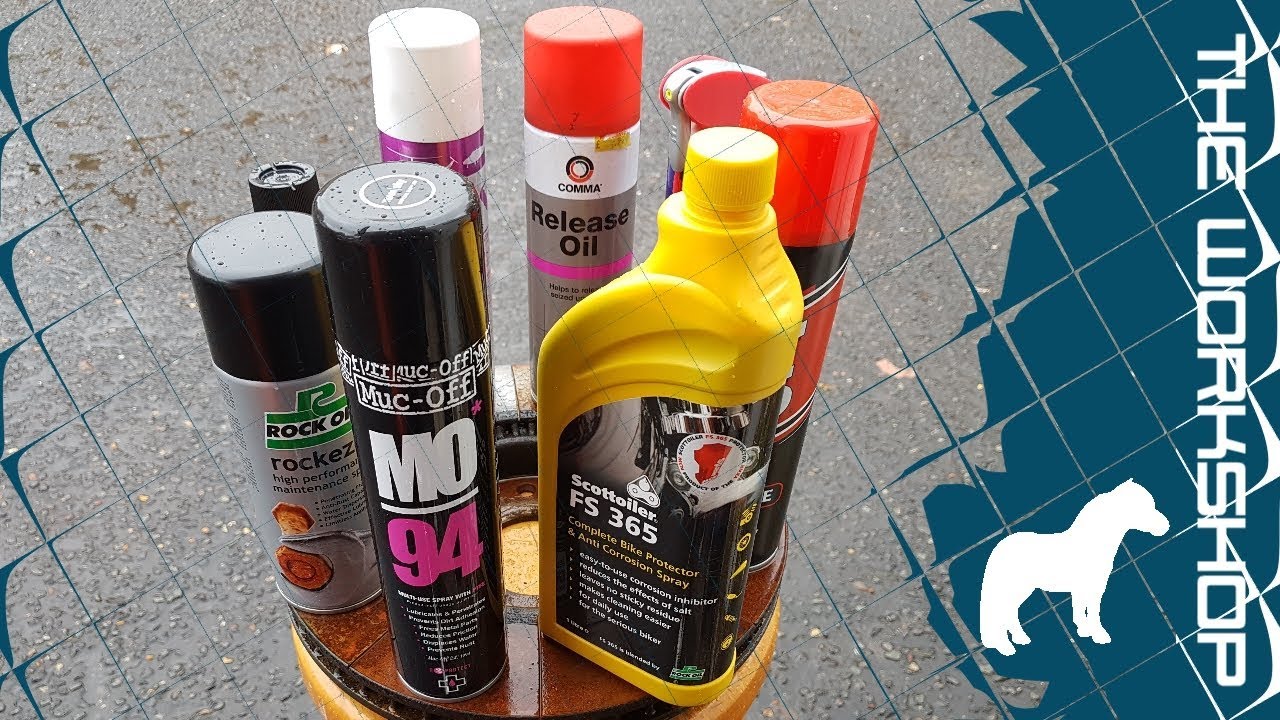Yeah, I figured,  . Really dislike this 3 version hole I dug myself into…This version might currently already fit 25.4-25, maybe 1-2 different parts…23.5 all new. Maybe, I guess I should really look into this and see how far off it will be. Hmmmm.
. Really dislike this 3 version hole I dug myself into…This version might currently already fit 25.4-25, maybe 1-2 different parts…23.5 all new. Maybe, I guess I should really look into this and see how far off it will be. Hmmmm.
Pastewax it is. So in the end, rust is not an issue, with some light occasional use the bearings will ride on a clean path, this is just for some aesthetics I think. Anything will probably work just fine, If you have an issue using some wax on the rails once a year, spring for the stainless. I am just trying to offset some of the cost, meet in the middle.
That is what I am working on. Currently larger or smaller really really effects the angle of the gantry tubes, compounding a few times, more than just tolerance stacking. The new one, might have much much less of an effect. It does still rely on the Z axis to help set the angle but in a very different way. Not compounding means the effects for a different size are multiples less error. With this in mind I will put a little more thought into it.
At some point it just can’t be that variable. For example think of the corners, We could pretty much use anything smaller than the intended design and it would work pretty good. At some point the offset block would be pretty far off but still functional, then eventually you would run out of the clamping gap. The feet could be made in two pieces and that could accommodate a larger range. BUT everything is a bit stiffer if they are a more exact fit. So 25-25.4…really no big deal, feet-corners-rollers-gantry…then you hit the Z axis. That needs to be a precision fit. That in turn defines a lot of the center geometry. The more size flexibility you build in, in the end, you end up loosing space to mount a tool.
I started this new one with the intention of working with all three sizes, the 120 bearing offset will just barely fit all three, but then I think I would sacrifice rigidity just for me not wanting to maintaining three sets of parts, so we are back to 3 sets.
Hmmmm, I have some ready for testing, back burner.
So now really before I would even consider going bigger I would have to see really proof the rails impart any significant amount of error vs plastic parts in a reasonable sized build. I really tested the crap out of my 24"x24" footprint build and with a huge load and the frame deflection was not measurable with my dial indicator. Remember it is that first very tiny load we fight, the initial endmill engagement with the material, not the large constant load. One it gets a bite and loads up everything is fine as the system gets to the end of the elastic zone.
LR…yes that could use larger rails for sure (or a different cross rails system), but the MPCNC…I really don’t thinks so other than allowing for larger builds as this would also mean larger plastic printed parts which in turn means more springy elastic zone. So we would have to use other materials in the build, no longer an MPcnc (pro version?).
